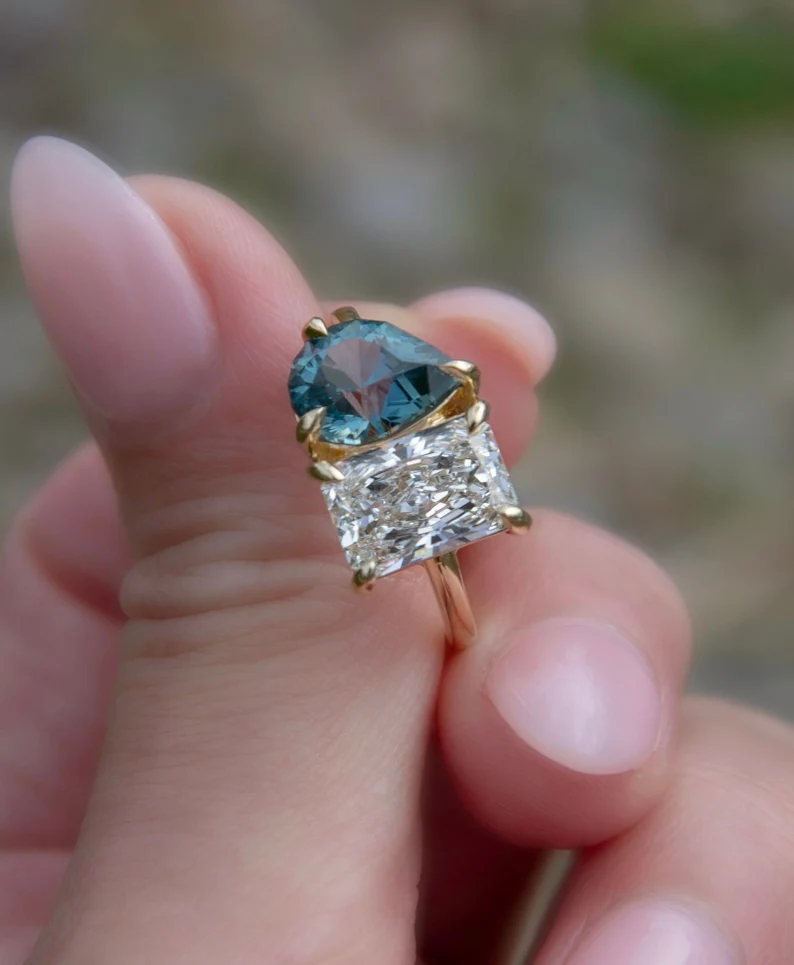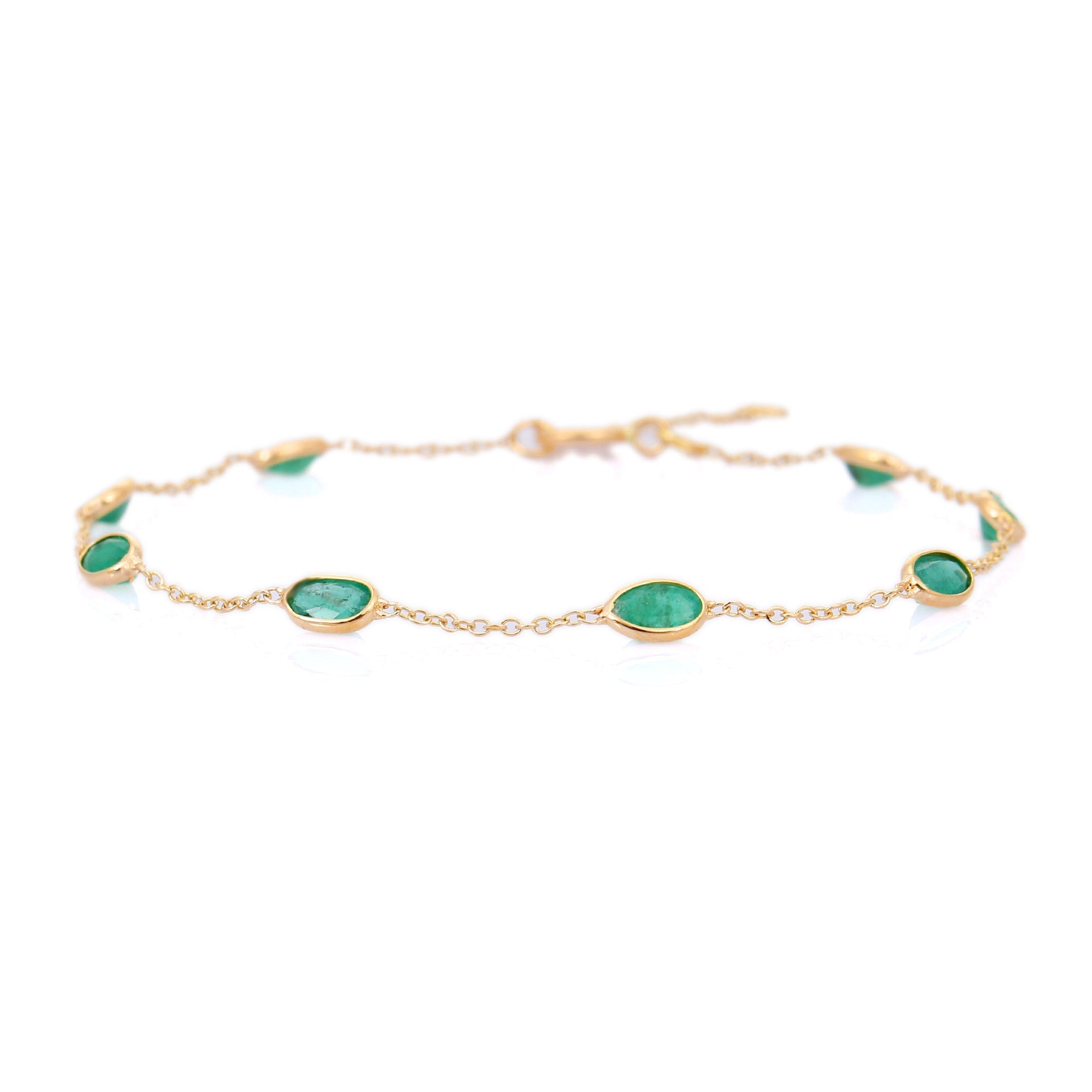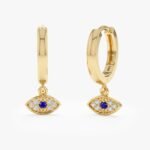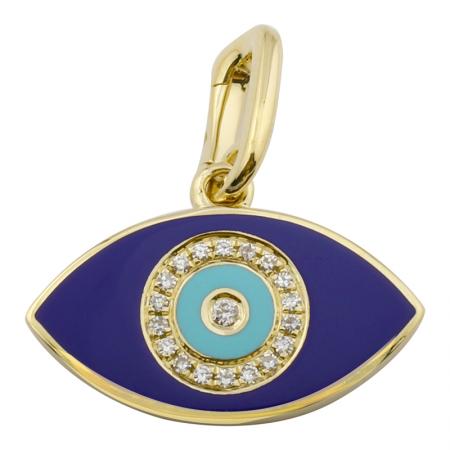The “0.70 ct” Trick: Why Salespeople Love It (and When You Should Too)

Diamond sellers use the “0.70 ct” number because it sits at a sweet spot: it looks close to a larger stone but often avoids sharp price jumps. Understanding why that matters will help you decide when to accept a 0.70 ct stone and when to push for a different weight, cut, or setting. Below I explain the mechanics—weight-to-size, pricing thresholds, visual tricks, and buying tactics—so you can make a practical choice instead of reacting to a sales line.
What “0.70 ct” actually means
Carat is weight, not size. One carat = 200 milligrams, so 0.70 ct = 140 mg. For round brilliants, rough diameter follows a cube-root rule: diameter ≈ 6.5 × (carat)^(1/3). For 0.70 ct that gives about 5.7–5.8 mm across the table, depending on proportions. Depth and cut change the face-up size: a shallow cut can look wider but sacrifices sparkle; a deep cut looks smaller face-up but can have stronger fire if well proportioned.
Why salespeople favor 0.70 ct
Price jumps at “magic” weights. Diamond pricing isn’t linear. Price per carat increases steeply at common thresholds—0.50, 0.75, 1.00 ct and so on—because larger stones are rarer. A 0.75 ct stone can carry a noticeably higher per-carat price than a 0.70 ct of otherwise similar quality.
Perception vs reality. Many buyers judge by perceived size. A 0.70 ct in a thin band or halo looks close to a 0.80–0.90 ct to the casual eye, yet costs less. Salespeople use this to offer “big-looking” stones for a lower price, which feels like a deal.
Rounding and inventory control. Dealers and grading labs report carat weight to two decimals. Listing a stone at 0.70 rather than 0.72 or 0.75 can keep it on the lower-priced side of a threshold. That helps stores price more competitively while maintaining margins.
Cut, setting and face-up size — why weight alone misleads
Cut is the biggest factor in real appearance. A well-cut 0.70 ct (for example, GIA Ideal/Very Good proportions) will sparkle and look larger face-up than a poorly cut 0.80 ct. If you focus only on carat you may lose brilliance.
Settings change perception. A halo or split-shank band makes a 0.70 ct look much larger face-up; bezel or thick metal hides perimeter and makes it look smaller. Example: a thin pavé halo can add the visual presence of roughly 15–25% more table area.
When 0.70 ct is a smart buy
- Budget-conscious buyers: If you want maximum visual size for a set budget, a high-quality 0.70 ct is often smarter than a lower-quality 0.80–0.90 ct. You prioritize cut and color over raw weight and get better sparkle.
- When using size-enhancing settings: Choose 0.70 ct for halos, micro-pavé, or thin-profile rings where the metal will boost perceived size.
- For lab-grown diamonds: The same threshold effects exist, but lab-grown prices are typically lower. A 0.70 ct lab-grown can give you higher face-up impact for much less money.
When to avoid 0.70 ct
- If the milestone weight matters: If you want a clear psychological milestone—3/4 ct (0.75) or 1.00 ct—don’t settle for 0.70. Those round numbers carry their own resale and emotional value.
- If you want maximum resale value: Resale markets favor standard weights; stones just under a threshold can be harder to price competitively.
- If proportions are off: Avoid any 0.70 ct with poor depth/table or low cut grade. A badly cut 0.70 will look smaller and dull.
Practical buying checklist
- Ask for the exact carat to two decimals (for example, 0.70 vs 0.72). Small differences matter when you’re crossing a pricing threshold.
- Get the dimensions (mm) and depth/table percentages. For a round 0.70 ct expect ~5.7–5.8 mm diameter. If the diameter is much smaller, the cut is likely deep and face-up size reduced.
- Prioritize cut grade over tiny carat increases. A Very Good or Excellent cut will look brighter than a larger Fair-cut stone.
- Compare price-per-carat across weights rather than raw price. A small jump in weight can mean a disproportionate total-cost increase because the per-carat rate moves up.
- Ask for a lab report (GIA or AGS preferred) and compare color/clarity grades. Two similar stones of different carat weights can differ in these areas, which affects appearance more than small weight differences.
- Consider settings — a halo, thin band, or high-set prongs can make a 0.70 ct appear far larger.
Negotiation and final thoughts
If a 0.75 ct pushes the price much higher than a 0.70 ct, ask why. If the per-carat price rises steeply, either opt for the 0.70 and invest in cut or setting, or pay the premium only if the milestone is important to you. Remember that to most people the visual impression and sparkle matter more than the extra 0.05–0.10 ct. Buy the best cut you can afford; it’s the factor that delivers the most face-up impact for your money.




